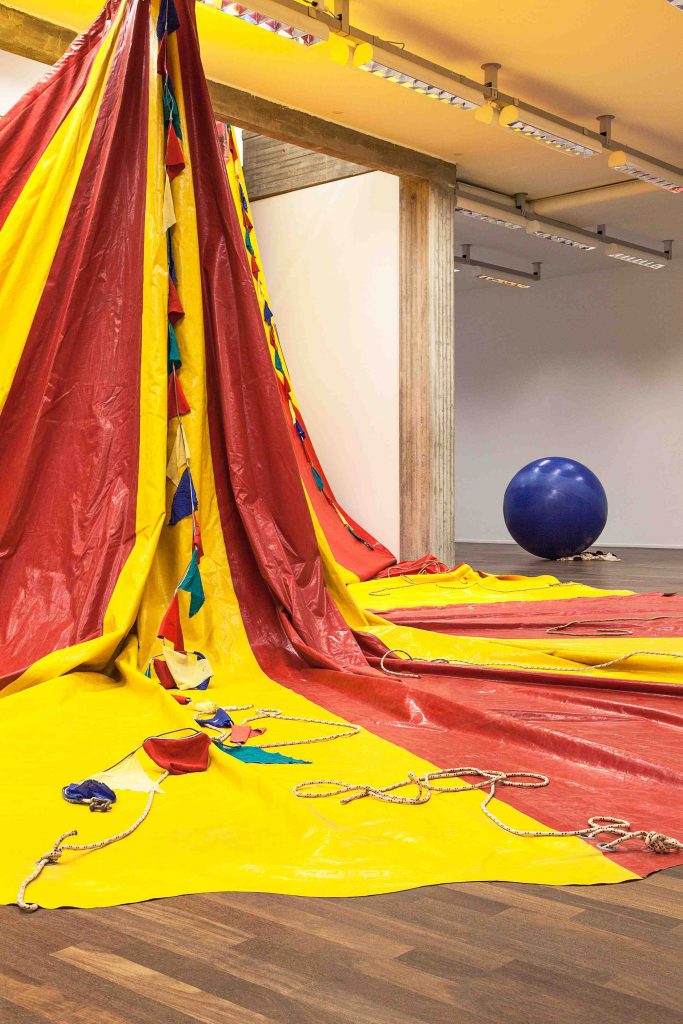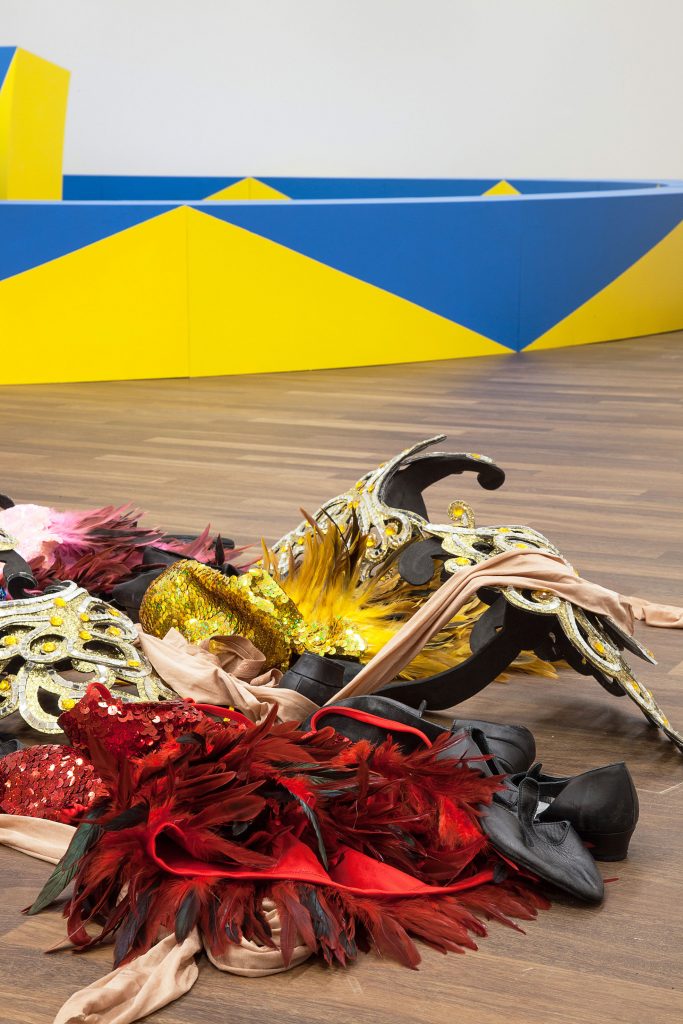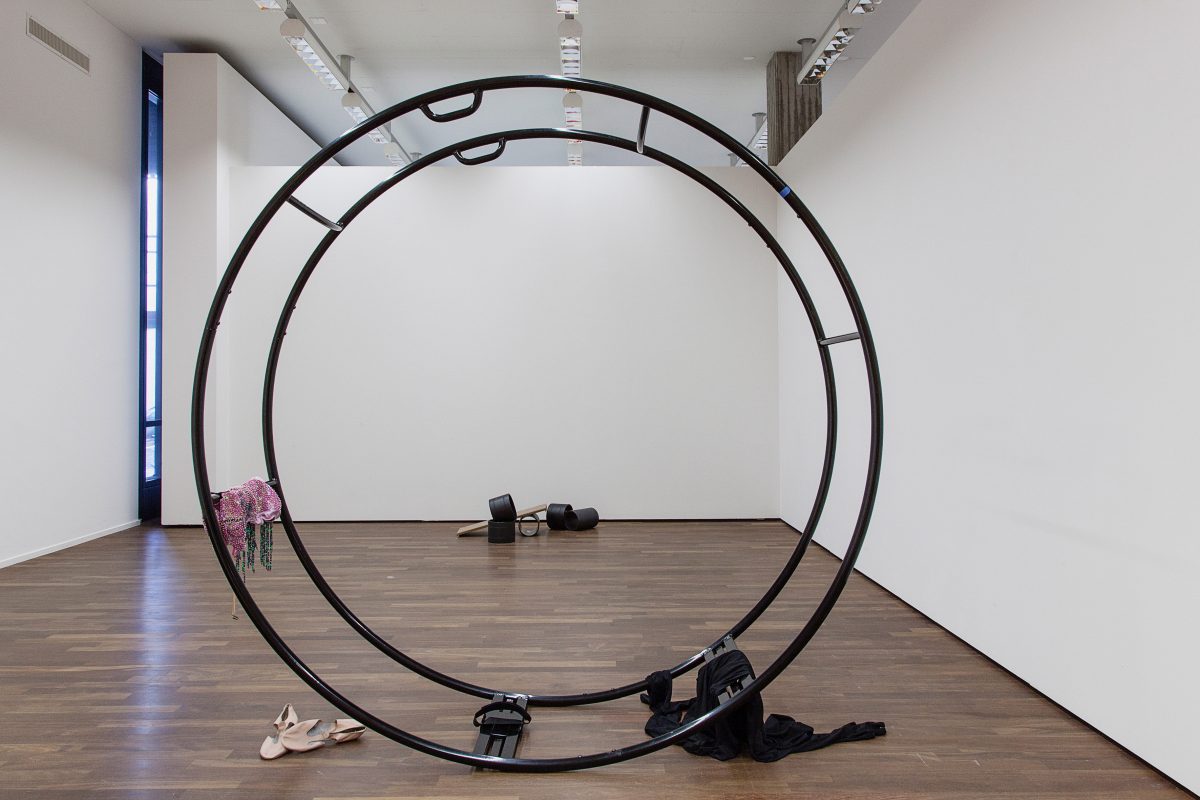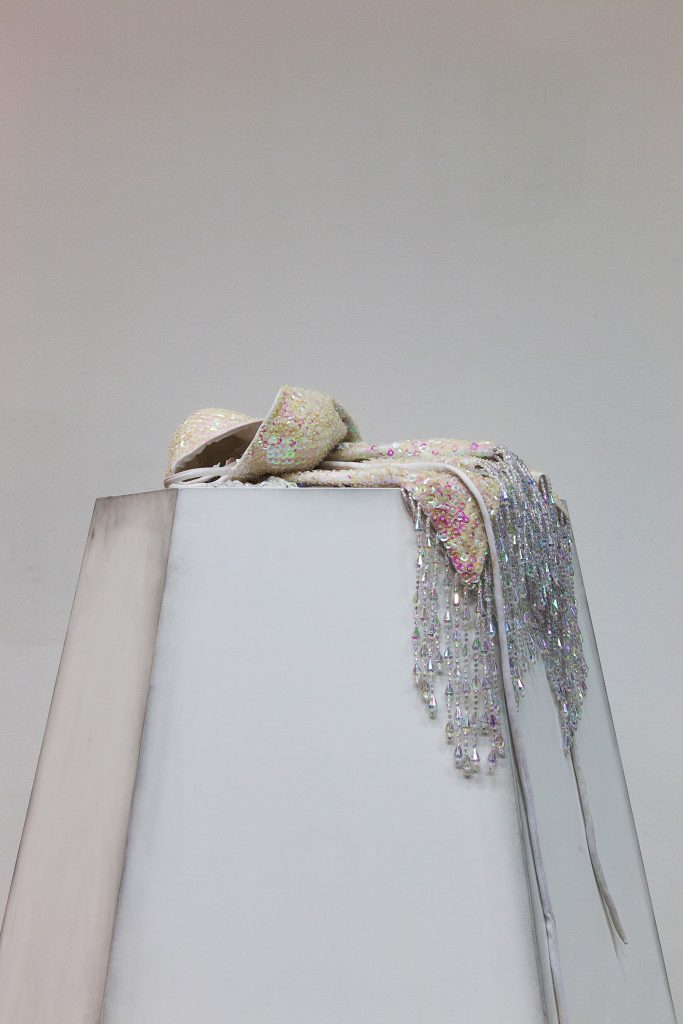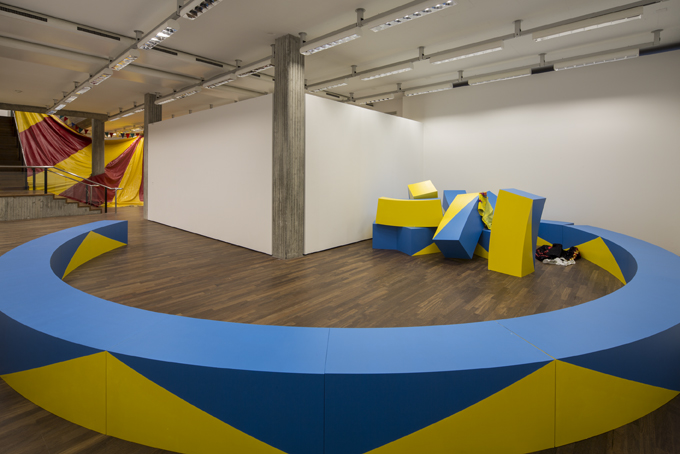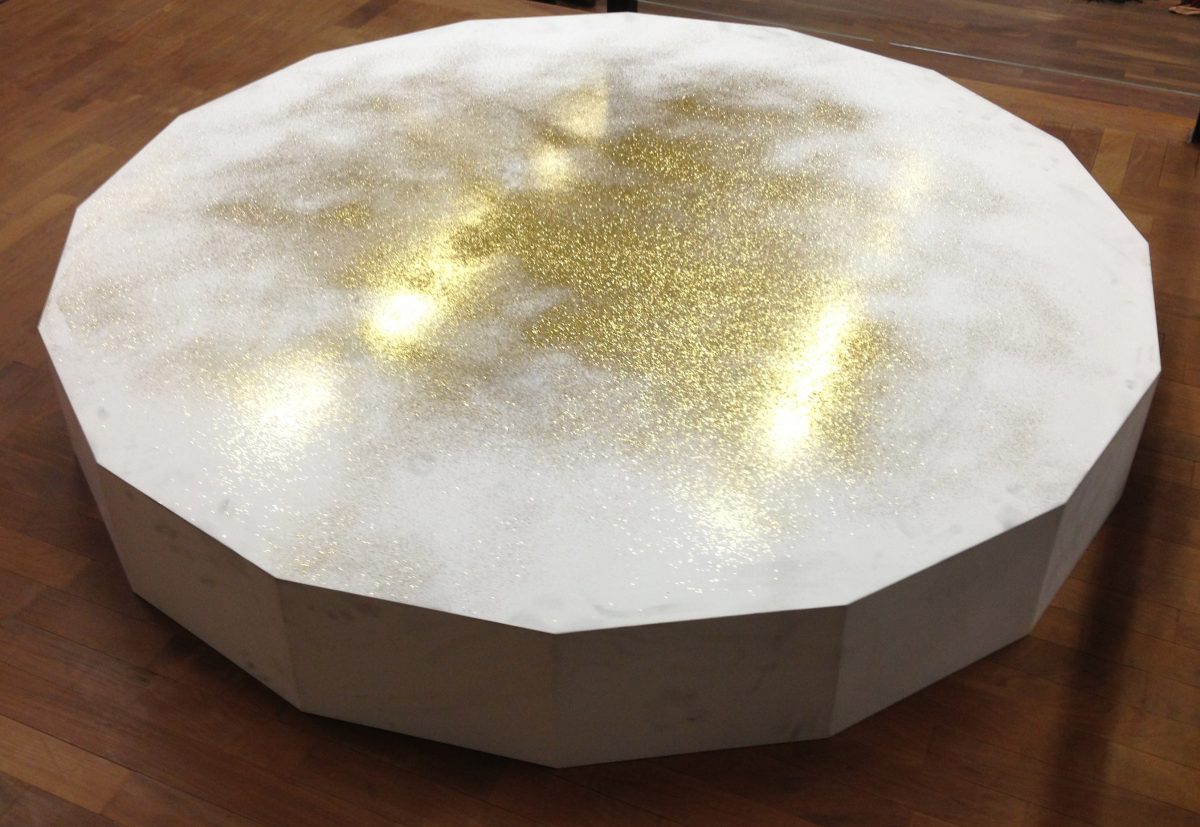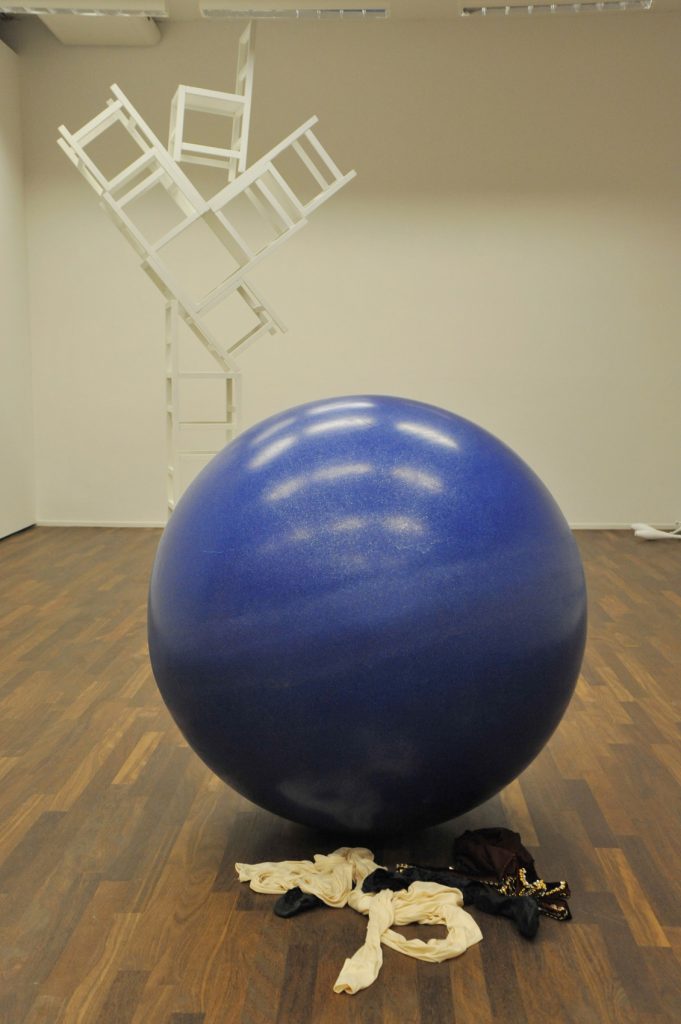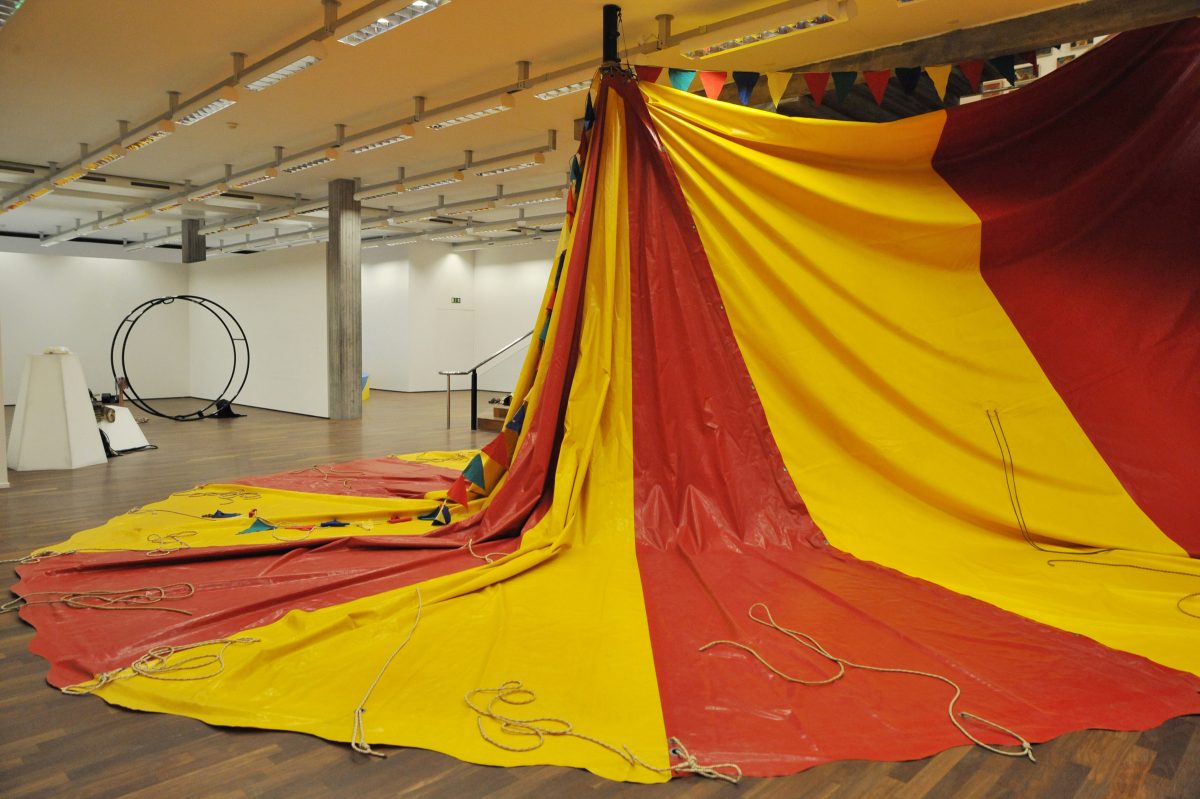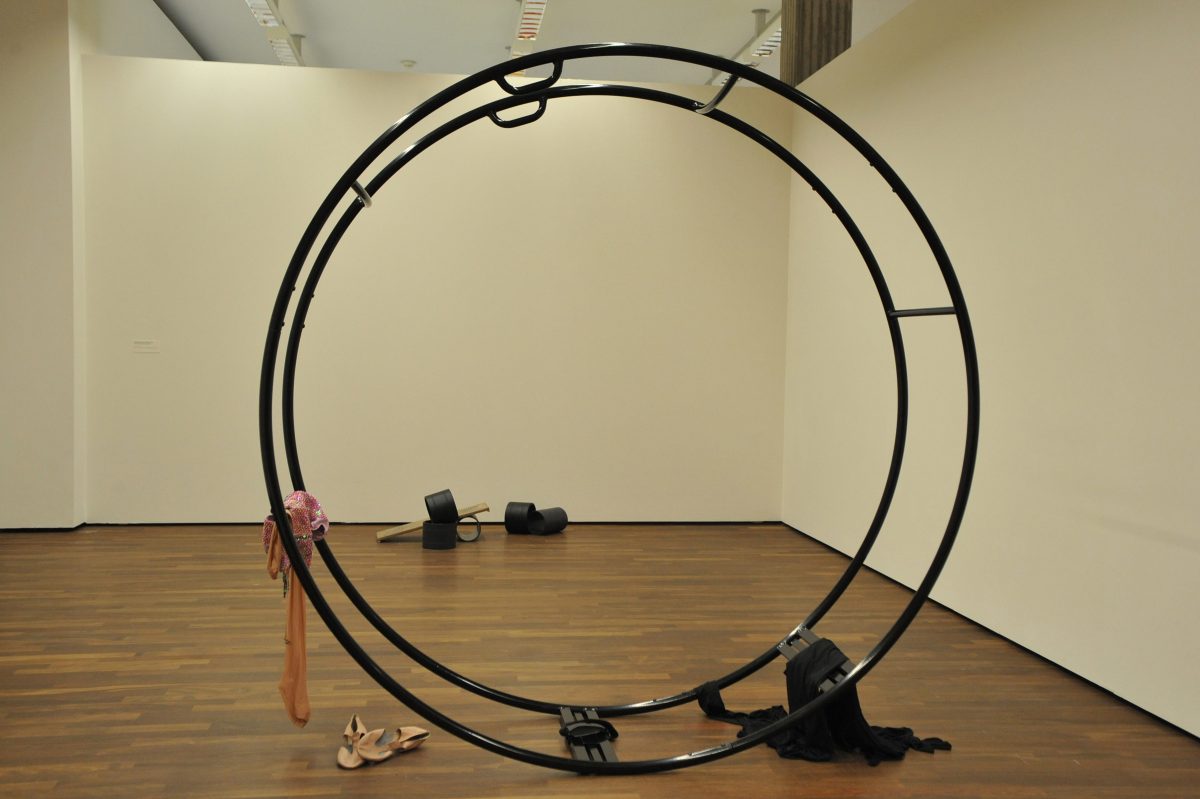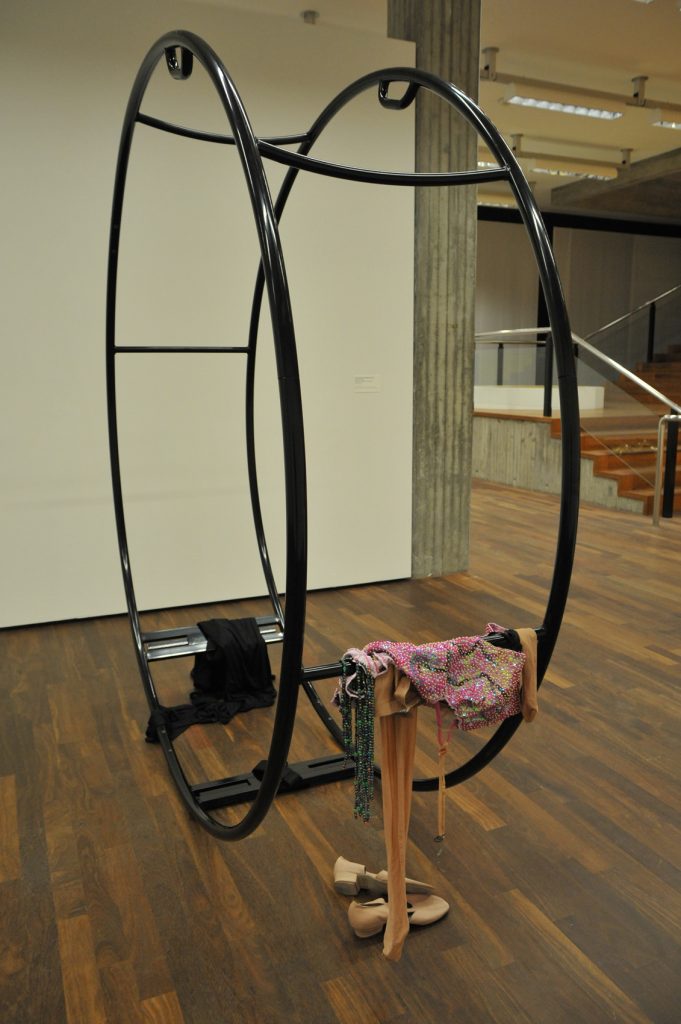
- This event has passed.
goodbye horses
From 16 November 2012 to 24 February 2013, the Kunsthaus Zürich presents ‘Goodbye Horses,’ an exhibition by the French-Moroccan artist Latifa Echakhch. Echakhch’s works explore issues of cultural transfer and the shifts of identity that they entail. She is creating new works for the Kunsthaus that will be shown exclusively in Zurich. Their leitmotif is the circus. when Latifa Echakhch (born 1974) made her first museum appearance in the group exhibition ‘Shifting Identities’ (2008), her name was still unknown. Nevertheless, the work she displayed – a group of bare flagpoles painted black and crisscrossing in space entitled Fantasia – attracted considerable attention. Since then Echakhch, who was born in Morocco and now lives in Martigny, Switzerland, has been a participant in the 2011 Venice Biennale and the 2012 Biennale of Sydney. Renowned institutions such as Tate Modern, London, have given her solo exhibitions. Now, the artist has returned from her global travels to her very first museum venue, the kunsthaus zurich. the presentation ‘Goodbye horses,’ prepared by Echakhch together with curator Mirjam Varadinis, consists of new works created specially for the collection galleries that will be shown exclusively at the Kunsthaus.
LEItMOtIF OF thE CurrENt ShOw: thE CIrCuS ANd EMptINESS
The central motif of these new works is the circus. Echakhch is interested not in its jolly, cheerful side but rather the melancholy aspect of spectacle and emptiness. There is a pervasive sense of abandonment; the works appear to be left over from a long finished exhibition. As the artist herself explains, ‘the circus actually represents the idea of the spectacle that lives entirely from the tension of the moment. But the theme of the exhibition is precisely the end of this “here and now.” The idea of something that exists only through its absence is one that has preoccupied Echakhch for some time. Yet for her, the idea of emptiness goes still further. Only when supposedly known objects have been emptied of their original meaning can they be read in new ways – and this is exactly what Echakhch does. She uses objects that we all know well, such as the typical architectural elements and props of the circus – the ring, costumes, pedestal and circus tent. She has arranged such a tent in the collection galleries of the Kunsthaus so that visitors feel as if they were walking across the roof of the circus – a poetic change of perspective. Yet the political component for which Echakhch is known is still present. Her installation at the Kunsthaus pinpoints the inner emptiness of our ‘event’ society and the fact that today ‘everything happens so fast that it is over even before it has begun.’ At the same time, she also references the history of the circus and the ‘freak shows’ in which people with abnormalities of all kinds were put on display. These shows, of which P.T. Barnum’s circus was a famous example, lived from staging the act of gazing on the unfamiliar – a theme of central importance for Echakhch, as may already be seen in her early work.

